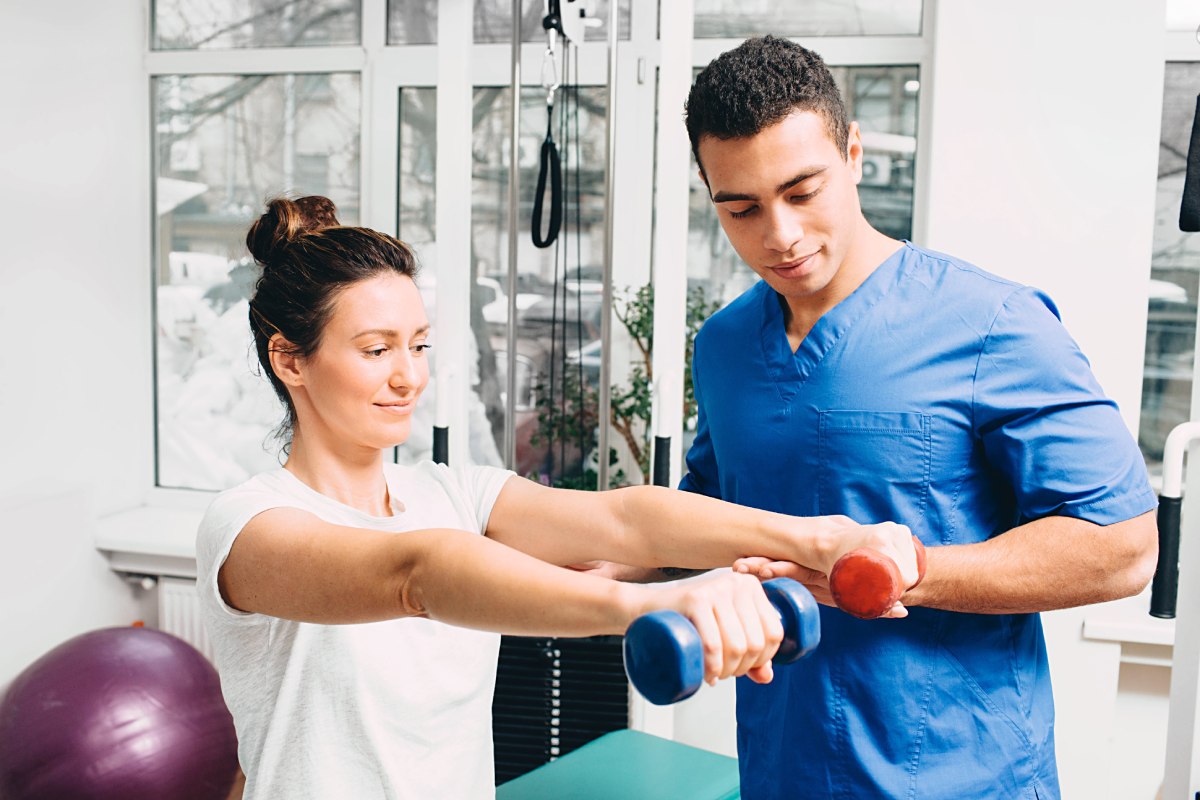Physical therapy serves as one crucial component of recovery and rehabilitation for many people. This aids patients regain power, enhance movement, and reduce pain after injuries or operations. Numerous approaches to bodily rehabilitation, all designed to address the particular requirements of individuals. Understanding these different techniques can help individuals make educated choices about their recovery path.
A frequent method to physiological treatment is physical rehabilitation. This approach entails hands-on therapy by a physiological specialist to adjust muscle tissue and articulations. Hands-on therapy can help reduce discomfort, improve vascular health, and boost range of motion. Practitioners may utilize methods such as manipulation, joint adjustment, and flexibility exercises to help individuals heal. This technique is often advantageous for those with skeletal conditions, such as spinal pain or arthritis, as it centers on the physical components of healing.
An additional crucial technique is rehabilitative exercise. This technique involves particular movements tailored to enhance vigor, stability, and control. Physiological practitioners develop personalized movement programs based on the client's condition and aims. These movements can range from basic movements to further challenging exercises. Rehabilitative physical activity is vital for restoring vigor after an trauma and stopping future issues. It furthermore helps individuals recover self-assurance in their physical capabilities, which is vital for overall rehabilitation.

Aquatic rehabilitation is an additional beneficial method that utilizes water to support in rehabilitation. This approach utilizes the floatation of liquid, which lessens the impact on joints and allows for easier movement. Clients can carry out activities in a water environment, making it a wonderful alternative for those with constrained movement or discomfort. Water-based therapy can help improve vigor, mobility, and resilience while delivering a nurturing setting for recovery. It is notably advantageous for clients healing from procedures or those with persistent discomfort issues.
Finally, education and autonomy are essential parts of bodily treatment. Physiological practitioners not only provide care but furthermore educate patients about their conditions and how to cope with them. This includes understanding anatomical function, alignment, and the importance of remaining engaged. Through empowering clients with understanding, practitioners aid them take an active role in their healing. This approach promotes individuals to continue their healing beyond physical therapy for elderly patients the scope of treatment appointments, leading to superior sustained effects.
In conclusion, physiological therapy offers diverse approaches to enhance rehabilitation and rehabilitation. Hands-on therapy, therapeutic movement, pool therapy, and learning all have important roles in assisting patients regain their vigor and movement. Each technique is designed to satisfy the distinct needs of patients, providing a holistic method to rehabilitation. Through understanding these diverse methods, individuals can more successfully manage their recovery journey and work towards attaining their healing goals.